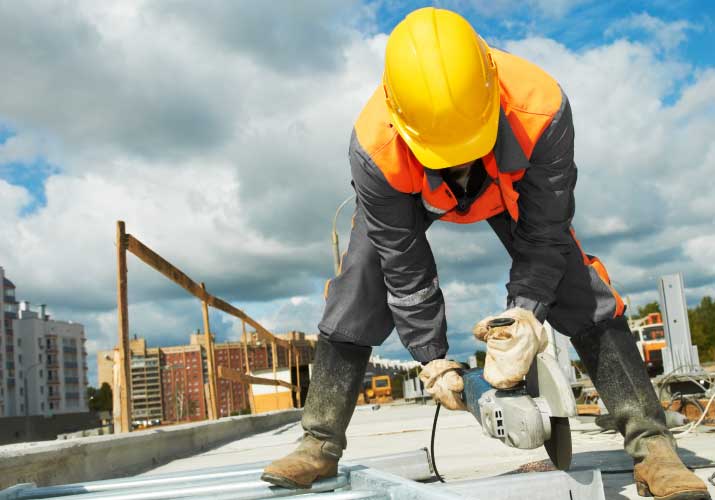COVID-19 spreads mainly among people who are in close contact (within about 6 feet) for a prolonged period. According to the CDC, spread happens when an infected person coughs, sneezes, or talks, and droplets from their mouth or nose are launched into the air and land in the mouths or noses of people nearby. The droplets can also be inhaled into the lungs. Recent studies indicate that people who are infected but do not have symptoms likely also play a role in the spread of COVID-19. This is why social distancing in a public place is very important. The following are some appropriate steps to implementing social distancing in a construction site:
Also Read: General COVID-19 guidance for construction workers
- Introduce staggered start and finish times to reduce congestion/contact at all times
- Monitor site access points to enable social distancing – you may need to change the number of access points, either increase to reduce congestion or decrease to enable monitoring
- Allow plenty of space (at least two metres) between people waiting to enter site (if feasible, consider installing 2m distance lines – similar to those seen in retail environments)
- Reduce the number of people in attendance at site inductions and consider holding them outdoors wherever possible (no more than 5 people per induction, with 2m distancing where possible)
- Non-essential physical work that requires close contact between workers should not be carried out. Plan all other work to minimise contact between workers.
- Break times should be staggered to reduce congestion and contact at all times.
- If an employee is considered a vulnerable person (by virtue of age, underlying health condition), or they live with someone who is vulnerable, you should discuss what arrangements you will put in place to ensure that their personal work station is an appropriate distance from others (at least 2m), that there are good arrangements for hand hygiene and environmental cleaning and that shift changes and movements around the workplace are organised to minimise contact between individuals.
- Stop all non-essential visitors.
- Site gates should be closed and manned by personnel from the site team. Every person attempting entry to the site should be stopped and questioned to determine if site access can be permitted.
- Drivers should remain in their vehicles if the load will allow it and must wash or clean their hands before unloading goods and materials.
- All personnel and visitors should sign in on arrival and sign out when leaving the site. This includes all delivery drivers, building inspectors, sub-contractors, utilities suppliers’ personnel etc. Access to the signing in registers (Visitors and Site Operatives) should be from the site office and personnel should only sign in/out one at a time maintaining a distance of 2m at all times while waiting to sign in.
